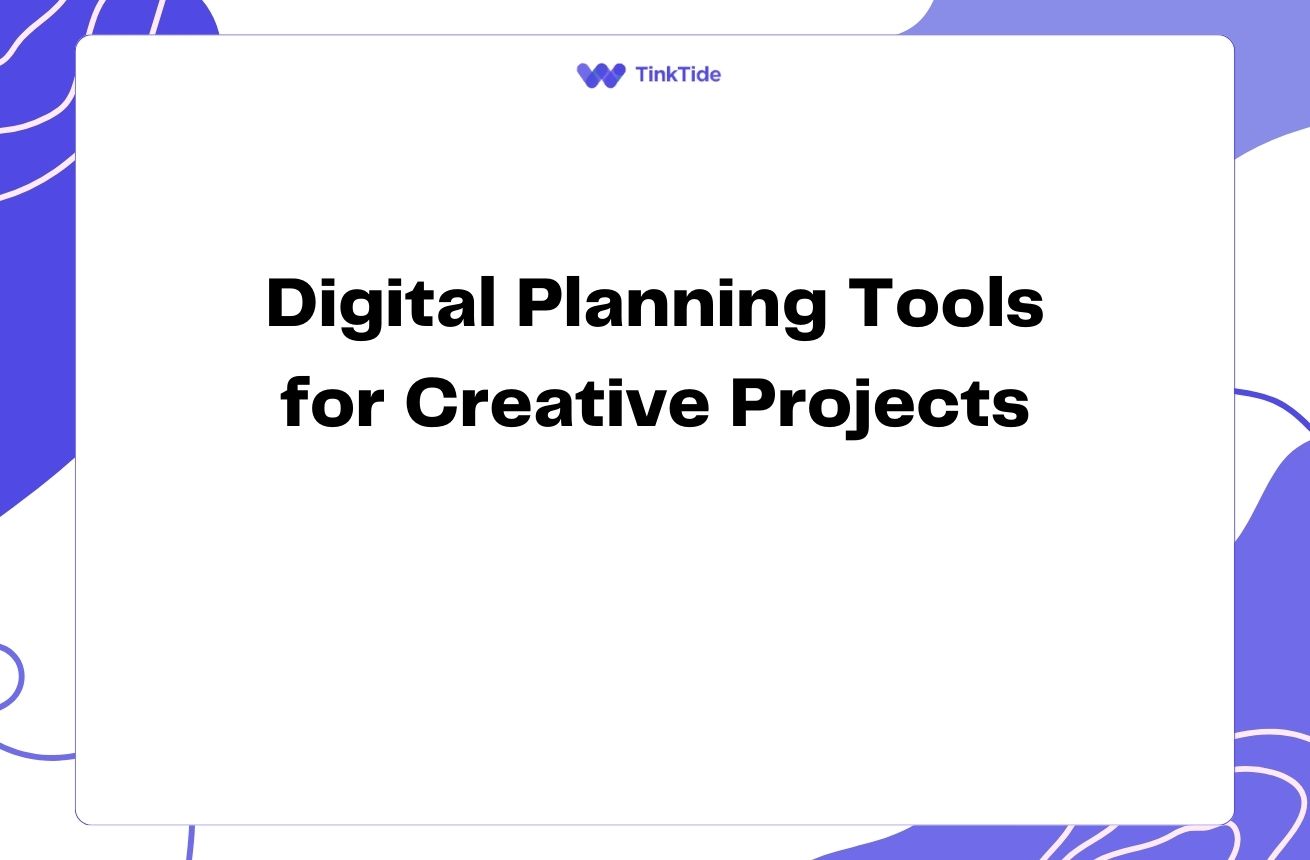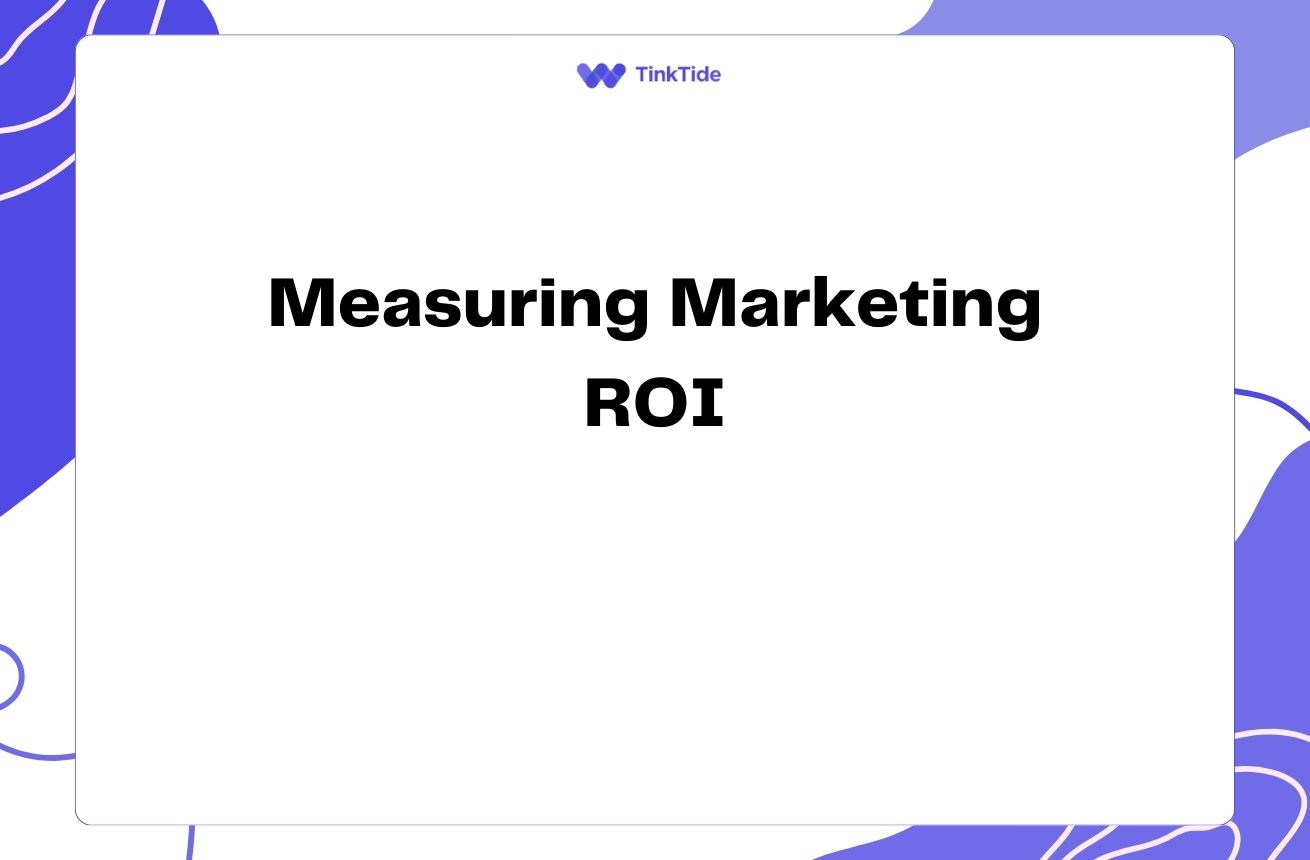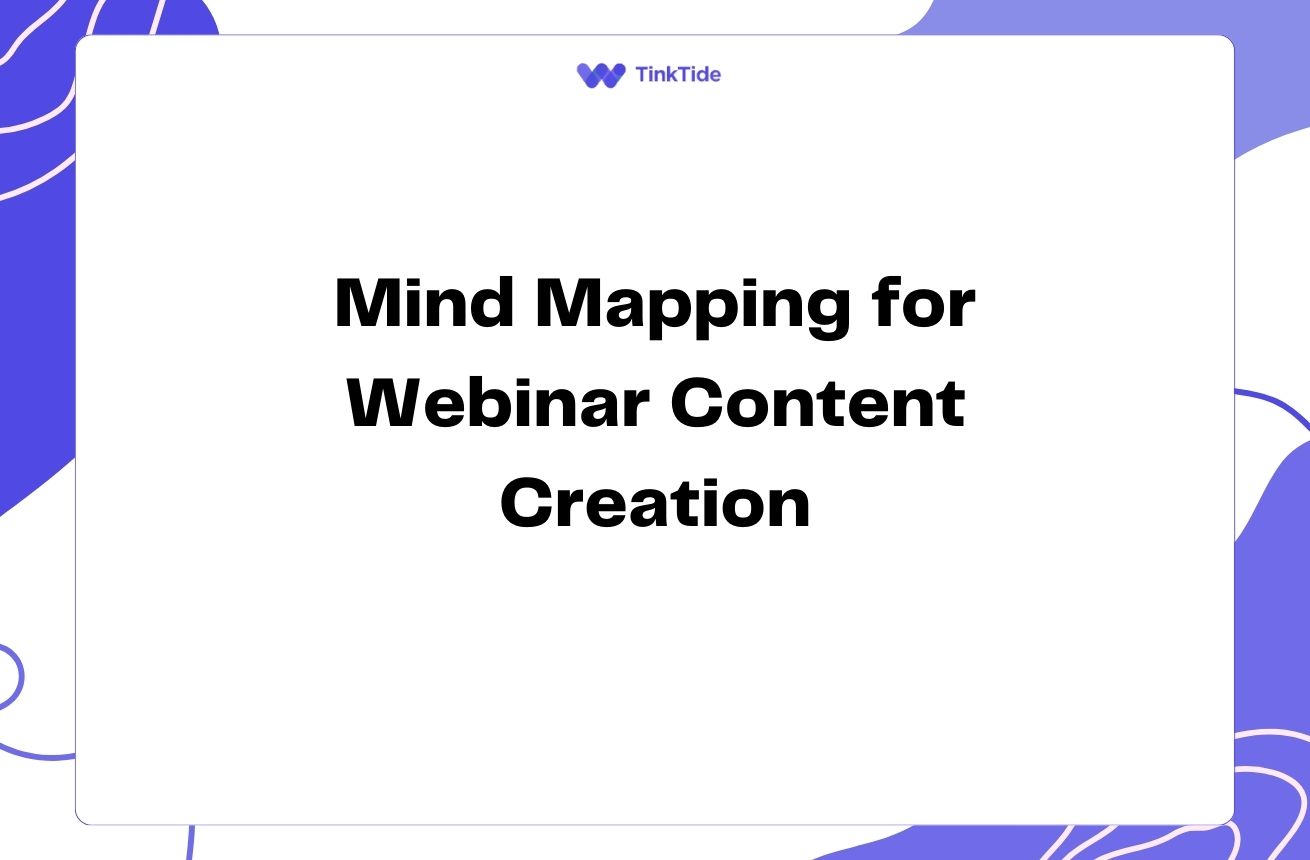Visual Thinking for Local SEO: Boost Your Small Business
Understanding Visual Thinking in Local SEO
Visual thinking is a powerful tool that can revolutionize your approach to local SEO for small businesses. By using visual elements to organize and analyze information, you can uncover insights that might be missed through traditional text-based methods.
Local SEO is all about connecting with your community and standing out in local search results. Visual thinking can help you map out your local market, identify key touchpoints, and create a more effective strategy for reaching your target audience.
One way to apply visual thinking to local SEO is by creating a visual keyword map. This allows you to see the relationships between different search terms and how they relate to your business offerings.
Another effective technique is using mind maps to brainstorm content ideas that resonate with your local audience. This can help you create more engaging, locally-relevant content that boosts your SEO efforts.
Key Benefits of Visual Thinking in Local SEO
Applying visual thinking to your local SEO strategy offers several advantages:
- Improved understanding of local market dynamics
- Enhanced ability to spot patterns and trends in local search behavior
- Better organization of SEO tasks and priorities
- Increased creativity in content creation and link building strategies
- More effective communication of SEO strategies to team members and clients
Creating a Visual Local SEO Strategy
To create a visual local SEO strategy, start by mapping out your local market. Use tools like Google My Business to identify key areas where your business can improve its online presence.
Next, create a visual representation of your target keywords and their relationships. This can help you identify content gaps and opportunities for optimization.
Use flowcharts to visualize the user journey from search to conversion. This can help you identify potential roadblocks and optimize your website for better user experience and higher conversion rates.
Finally, create a visual content calendar that aligns with local events and seasons. This can help you plan and create timely, relevant content that resonates with your local audience.
Optimizing Local Citations with Visual Thinking
Local citations are crucial for local SEO success. Use visual thinking to map out your citation strategy and ensure consistency across all platforms.
Create a visual checklist of all the important local directories and review sites relevant to your business. This can help you track your progress and ensure you're not missing any important citation opportunities.
Use color-coding to prioritize citation sources based on their importance and relevance to your business. This can help you focus your efforts on the most impactful platforms first.
Consider using a citation tracking tool that provides visual reports on your citation progress and consistency across platforms.
Visualizing Competitor Analysis
Visual thinking can greatly enhance your competitor analysis for local SEO. Start by creating a visual map of your local competitors and their online presence.
Use charts and graphs to compare key metrics such as domain authority, number of backlinks, and local search rankings. This can help you identify areas where you need to improve to outperform your competitors.
Create a visual representation of your competitors' content strategies. This can help you identify gaps in the market and opportunities for creating unique, valuable content that sets you apart.
Use tools like SEMrush or Ahrefs to create visual reports of your competitors' SEO strategies and performance.
Implementing Visual Thinking in Your Local SEO Workflow
To effectively implement visual thinking in your local SEO workflow, follow these steps:
- Step 1: Start with a visual brainstorming session to identify key local SEO goals and challenges
- Step 2: Create visual representations of your local market, target keywords, and competitor landscape
- Step 3: Develop a visual content strategy that aligns with local search trends and user intent
- Step 4: Use visual project management tools to track and optimize your local SEO efforts
- Step 5: Regularly review and update your visual SEO strategy based on performance data and market changes
Measuring Success with Visual Analytics
Visual analytics tools can help you track and measure the success of your local SEO efforts more effectively. Use tools like Google Data Studio to create custom dashboards that visualize your local SEO performance.
Create heat maps of your website to understand user behavior and identify areas for improvement. This can help you optimize your site structure and content for better local SEO performance.
Use visual trend analysis to track changes in local search rankings over time. This can help you identify patterns and adjust your strategy accordingly.
Regularly review and update your visual analytics to ensure you're always working with the most up-to-date information and insights.
Address common questions
Here are some frequently asked questions about using visual thinking for local SEO strategies:
How can visual thinking improve my local SEO strategy?
Visual thinking can enhance your local SEO strategy by helping you better understand your local market, organize your SEO tasks, identify patterns in search behavior, and communicate your strategy more effectively to team members and clients.
What tools can I use for visual thinking in local SEO?
There are many tools available for visual thinking in local SEO, including mind mapping software like MindMeister or XMind, visual analytics tools like Google Data Studio, and SEO-specific tools with visual features like SEMrush or Ahrefs.
How often should I update my visual local SEO strategy?
It's recommended to review and update your visual local SEO strategy at least quarterly. However, you should also make adjustments whenever there are significant changes in your business, local market, or search engine algorithms.
Can visual thinking help with local link building?
Yes, visual thinking can be very helpful for local link building. You can create visual maps of potential link partners in your local area, use flowcharts to plan outreach strategies, and use visual analytics to track the success of your link building efforts.
How can I use visual thinking to improve my local content strategy?
Visual thinking can help you create a more effective local content strategy by allowing you to map out content ideas, visualize the relationships between different topics, and plan content that aligns with local events and seasons. This can lead to more engaging, locally-relevant content that boosts your SEO efforts.
Provide additional resources
Moz Local SEO Guide
Comprehensive guide to local SEO factors and strategies
Google My Business Help
Official resource for managing your Google My Business listing
Visual Thinking for UX Design
Guide to applying visual thinking in UX design, with principles applicable to SEO
SEMrush Academy
Free courses on various aspects of SEO, including local SEO
MindMeister Blog
Tips and tricks for effective mind mapping and visual thinking
Summarize key takeaways
Visual thinking is a powerful tool that can significantly enhance your local SEO strategies for small businesses. By applying visual techniques to market analysis, keyword research, content planning, and performance tracking, you can gain deeper insights and create more effective strategies.
Remember that local SEO is an ongoing process, and visual thinking can help you stay organized, spot trends, and adapt to changes in your local market more effectively.
Start incorporating visual thinking into your local SEO workflow today. Whether it's creating mind maps for content ideas, visualizing your local competitor landscape, or using visual analytics to track your performance, these techniques can help take your local SEO efforts to the next level.
Boost Your Local SEO with Visual Thinking
Ready to transform your local SEO strategy? Try our visual thinking tools for free!
Start Your Free Trial

